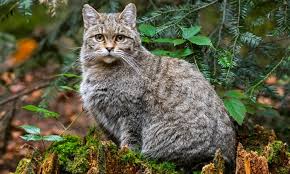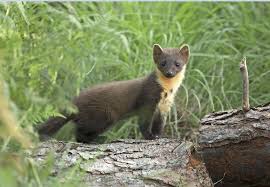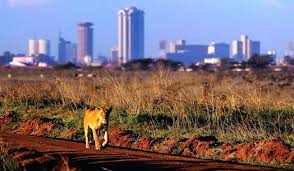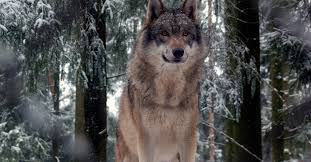1/3 of the worlds species are threatened with extinction. There are many suggestions that this is just a natural process, but in recent decades it is not. This is not happening because of natural mechanisms, it is happening because of human behaviour. Indeed, while many of these species are being pushed to extinction through loss of habitat, there are many others that are disappearing because of overexploitation by humans.
Continue reading “10 years to save the worlds wilderness?”A forest is replanted after minister is found to have illegally cleared it
This story is extremely encouraging. Around the world, large plantation companies often encourage small holders to clear the land and then buy it from them.

The idea that this behaviour of getting other people to clear the land is permissible is insane. I personally would like countries to punish illegal clearance by always requiring full reforestation at the cost of the guilty party – this would likely end the scourge of illegal deforestation (then we must start working on so called legal deforestation)
Continue reading “A forest is replanted after minister is found to have illegally cleared it”Was Trump really the business president?
Trump ran for office on the basis that he was good at making decisions on the information at hand.
However one of the clearest decisions that needs to be made (and he refused to consider seriously) is climate change.
The constant refrain is that “97% of scientists agree that global warming is happening” however, as I have written in the past( https://seeanimalswild.com/2018/04/13/do-97-of-climate-change-scientists-believe-in-climate-change/) this is more like 99.99%
Continue reading “Was Trump really the business president?”Wildcats set to return to southern England 150 years since their extinction in England and Wales
Once common across the whole of the UK, they were hunted to extinction. Currently, just a handful remain in Scotland. While interbreeding between wildcats and feral domestic cats is normally rare, in the current situation feral cats outnumber wildcats 1000 to one, and as such the wildcat is essentially extinct.

The farmer who is looking to reintroduce them, currently has 6 pairs, which he is hoping to increase to 150 individuals and to start reintroducing perhaps as early as next year.
Continue reading “Wildcats set to return to southern England 150 years since their extinction in England and Wales”Elephants still under threat
According to the latest census, the elephant population of the Selous is now over 15,000! which sounds fantastic. Of course, you have to remember that this huge untamed wilderness once hosted over 100,000 elephants and that number comes into focus.
Initially set aside as a hunting reserve, increasing numbers of the concessions are going to those interested in photographic safaris.
Continue reading “Elephants still under threat”Pine martens released near Bangor, Wales
Despite the fact that British citizens have done much good work towards to conservation of wildlife and wilderness in the world, we have been less successful in the UK. Having largely eradicated a small arboreal predator from much of the UK, we then decided to introduce the grey squirrel from the USA.

Spending more time on the ground, and being far less agile than their red smaller cousins, grey squirrels cannot coexist with pine martens.
Continue reading “Pine martens released near Bangor, Wales”Further threat for Nairobi national park
The first national park to be formed in Kenya would appear to be under threat. Consisting of only 45 square miles, it is unique around the world as the wilderness comes deep into the city, allowing you to view many wild species with skyscrapers as a backdrop.

Wildlife populations have crashed in the last 70 or so years. In the past huge migrations would bring 30,000 wildebeest to visit each year, and animals such as zebra have had population falls of approaching 50% in just 9 years.
Continue reading “Further threat for Nairobi national park”Jair Bolsonaro is having a similar impact on environmental laws in Brazil to the impact of Donald Trump in the USA – will the effect be longer lasting?
Just like Trump in the USA Jair Bolsonaro has taken an axe to the environmental protections that Brazil has created over decades. Also just like Donald Trump, the majority of these moves have been done by Executive act. Between march and may last year, Jair signed 195 infralegal acts – and just like under Trunp these acts are thought to be only just legal and should have gone through their governmental body.

Wolf hunting in the USA: Wisconsin Hunt vastly overshoots
Under Trump, the American wolf lost its endangered species status.
This was not a scientific decision, it was a political. It is true that the number of wolves in North America has grown dramatically since hunting was banned across most areas. However it is absolutely absurd to suggest that the population has recovered.

Sperm does not swim how we thought
It seems incredible, that despite the number of scientist working in the world today, and the number that have worked over human history, there are still important discoveries being made.
Continue reading “Sperm does not swim how we thought”










